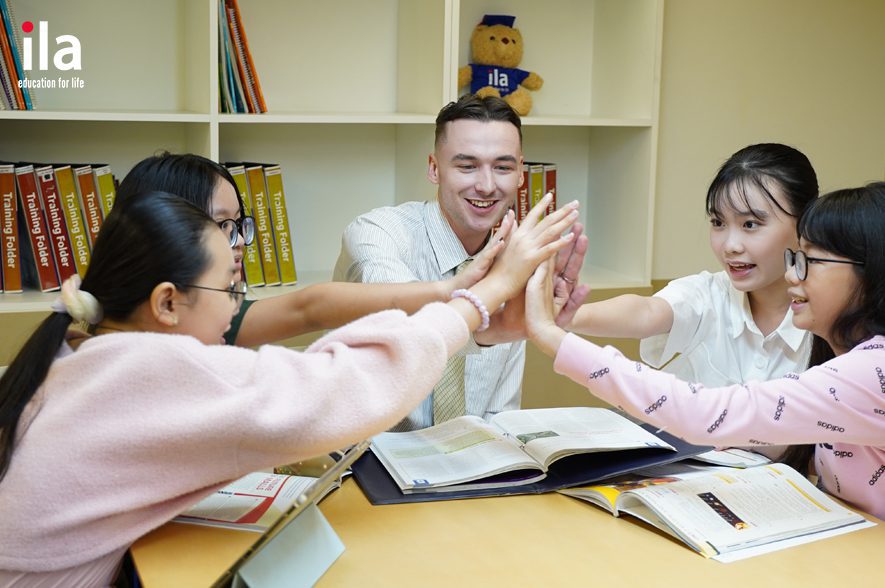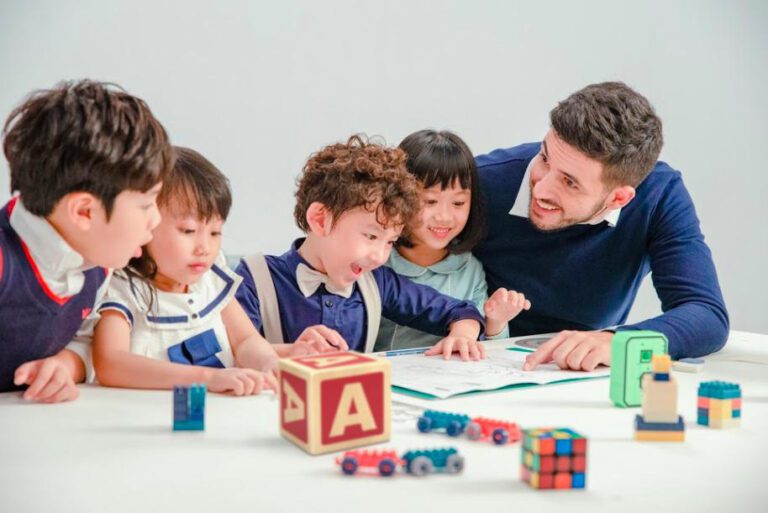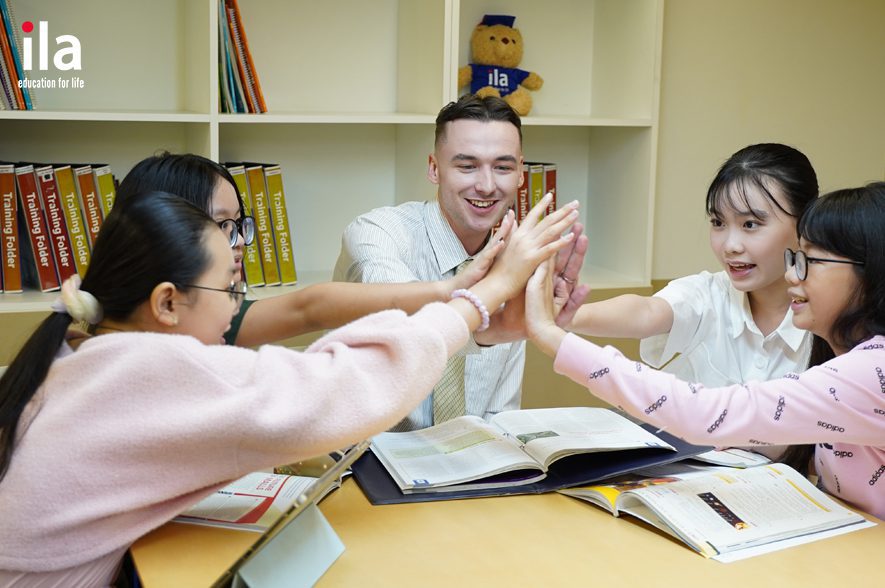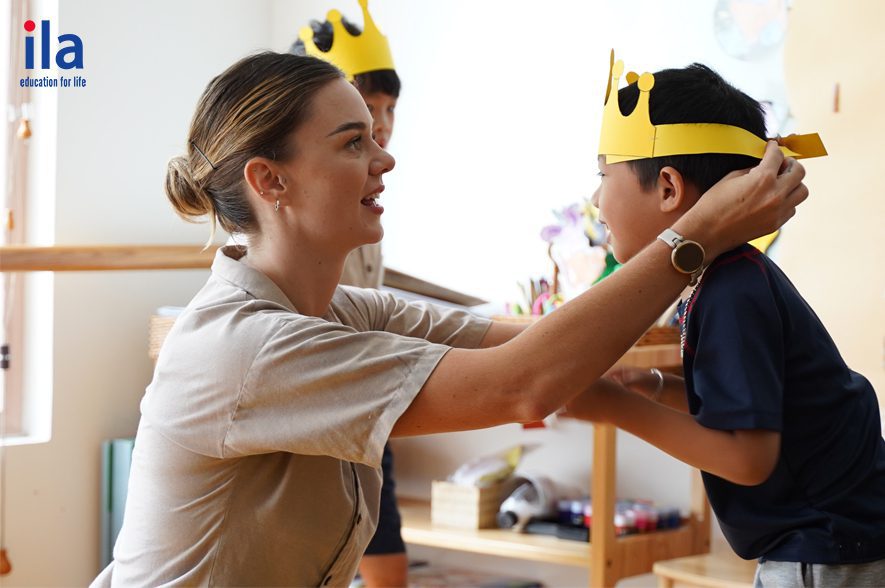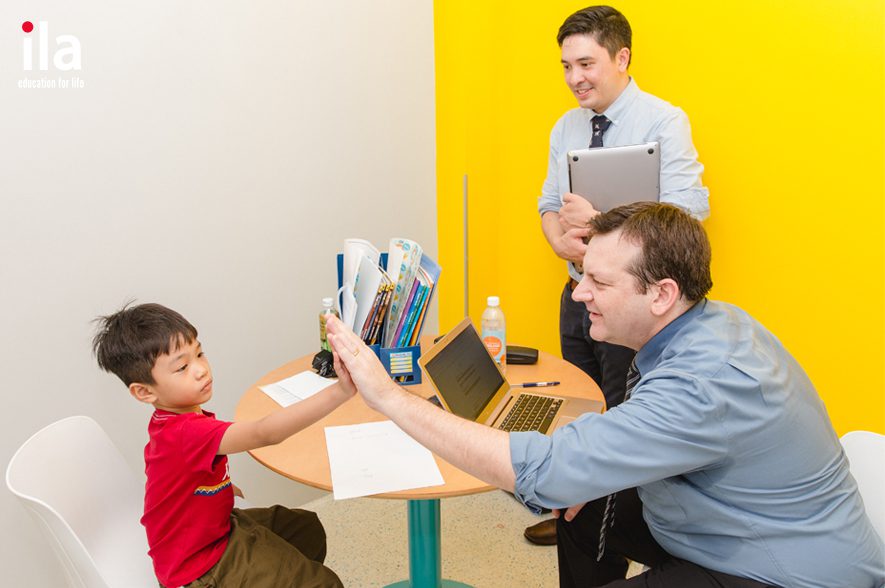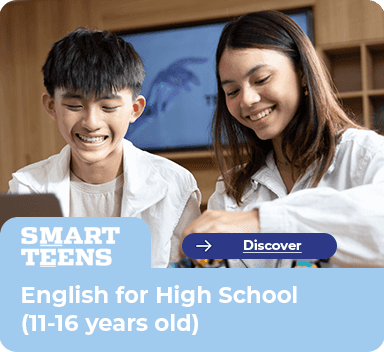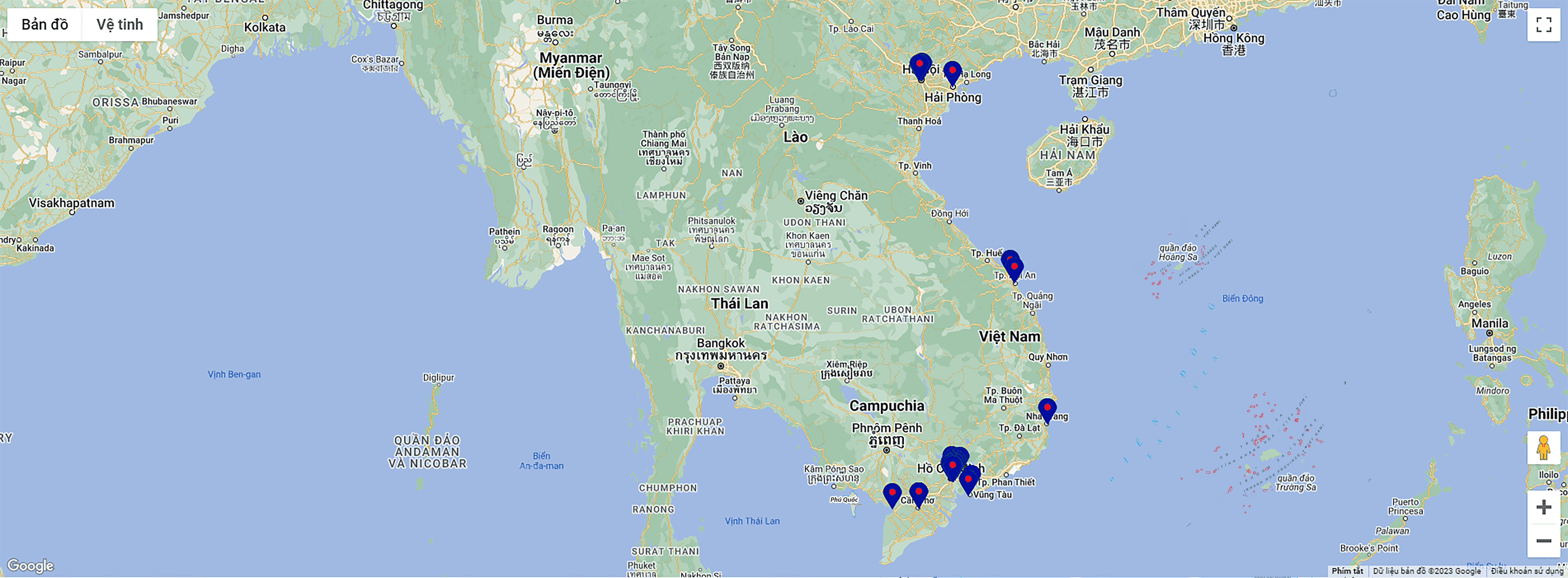The global employment structure will have a strong shift, forcing the young generation to be trained now to be able to anticipate and meet future jobs.
Job structure changes…
According to the annual report on employment “Future Of Jobs” of the World Economic Forum (WEF) 2020, there will be a big change in the structure of labor and employment in the future. It is expected that by 2025, 85 million jobs of workers can be replaced by machines. Meanwhile, about 97 million new jobs may appear suitable for workers.
The job groups that are assessed to develop in the future include industries related to technology, digitization, big data, e-commerce, health, etc. In particular, the Covid-19 pandemic has marked a step transition from working on-site (in person) to working remotely (online). This is also a form that will continue to develop in the future with the strong support of technological advances.
According to WEF experts, all these changes require current employees to relearn and improve old skills and update new skills so as not to be left behind and replaced.
On the other hand, in order to meet standards and be suitable for future employment needs, from the present, children need to be trained with knowledge and skills to be ready for new job trends. Because, the group of children from 3-15 years old will be most affected by these new changes. This is the golden population group, the main source of labor for society in the next 5-20 years, working in jobs that are not yet available.
…leading to a change in training trends
The essential skills to adapt well to future career requirements set forth by employment experts include: technology knowledge, teamwork skills and emotional intelligence (EQ). It is the change of education that will lay the foundation for children’s capacity to meet labor needs in the next 10-20 years.
According to Mr. Todd Bierbaum, Director of Teaching and Training of the OLA Academy English system founded and operated by ILA, about 20 years from now, our children’s workplace will be very different from now. As they enter the workforce, they will work with people from all over the world, whether the workplace is at home or abroad. Therefore, it is important that students are equipped to be global citizens.
To become a global citizen, it is very helpful to be fluent in English because it is currently the language spoken in most places. In addition, children need to be exposed to many different cultures and ways of thinking. This is the foundation for forming empathy, making it easier for children to work in groups and develop emotional intelligence.
Dafi Jenkins, President of ILO, a Finnish preschool system founded and operated by ILA, said that in terms of perception, studies show that people who speak two or more languages think more flexibly than people who know only one language. By knowing two languages, a person’s vocabulary is wide, one can think and express feelings in both languages, expressing thoughts in the most coherent way.
In terms of social benefits, specifically empathy, young children, especially 2 years old, are already able to distinguish two different languages. Children can understand when other people speak a language they do not know. At that time, children will try their best to communicate with that person, so that he or she can understand him. That is empathy.
Finally, there are cultural benefits. Living in a globalized world, it is important that children have access to as many cultures as possible. Knowing two or more languages gives children the opportunity to access more sources of knowledge, know how to act, and interact with people from that culture.
“It is necessary to equip students, so that they are ready for the future. Only English is not enough, they need to know more skills such as teamwork, critical thinking… That’s what makes ILA different”, said Mr. Jonathan Bird, Director of Teaching and Training of the organization education ILA Vietnam, said.
That’s why ILA was one of the first English language educational institutions to teach skills besides language teaching. Since its establishment in Vietnam until now, ILA has developed teaching skills, integrating them into courses. Lessons are designed so that students can practice the skills they will need in the future, when they are in college or in the workforce.
“There are so many skills that children need to develop and those are the skills we offer at ILA. I think one of the important skills that we are teaching our students is to recognize diversity, especially culturally”, said Todd.
On the other hand, in order to meet the requirements of technological knowledge in the assessment of labor and employment in the future, along with the general trend, the biggest trend in education today is technology. ILA also applies technology in teaching, digitizing learning materials, making them easier to access at home and in the classroom. One benefit of using technology in education is that it can bring the world into the classroom.
Mr. Todd said technology helps collect data that shows how students’ learning is progressing, where they are doing well and where they are not. These records are very detailed, the school can inform students and parents. This new system will also help schools analyze data, from which they can adjust curricula and teaching methods towards “personalization” in teaching and learning.
Understanding the shift and future employment trends and labor needs, ILA has pioneered the application of an international standard teaching model, with a modern training program, for students. preschool to university students across Vietnam.
Nguồn: Tuổi trẻ

